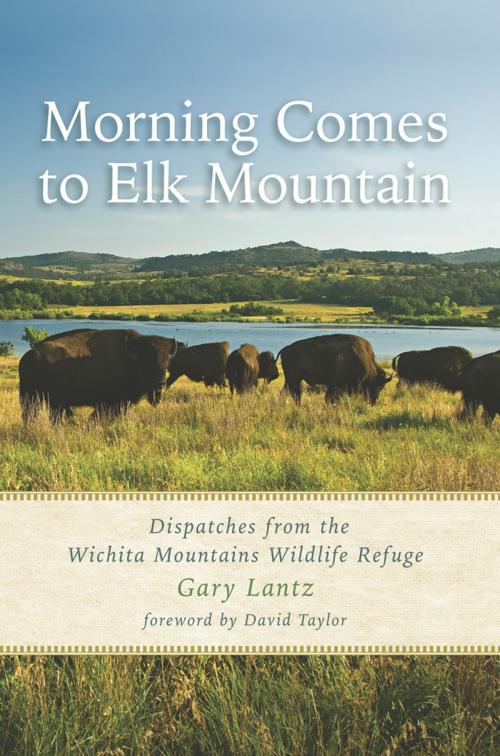Morning Comes to Elk Mountain
Dispatches from the Wichita Mountains Wildlife Refuge
Nonfiction, Science & Nature, Nature, Environment, Mountains, History, Americas, United States| Author: | Gary Lantz | ISBN: | 9781574415360 |
| Publisher: | University of North Texas Press | Publication: | October 15, 2013 |
| Imprint: | Language: | English |
| Author: | Gary Lantz |
| ISBN: | 9781574415360 |
| Publisher: | University of North Texas Press |
| Publication: | October 15, 2013 |
| Imprint: | |
| Language: | English |
Organized as a series of monthly journal entries, Morning Comes to Elk Mountain is Lantzs response to ten years of exploring the rough and unexpected beauty of the Wichita Mountains Wildlife Refuge. A combination of memoir, natural history, Native American history, and geology, this book is enriched by 20 color photos and a map to appeal to the seasoned visitor as well as the newcomer to the refuge. The national wildlife refuge thats the focus of the book was among the first established by President Theodore Roosevelt. He helped save the Wichitas from miners and land speculators, and instead the harsh yet scenic area became the nations first bison refuge, established to keep this American icon from slipping into extinction. Today the refuge hosts more than a million visitors a year, most of them coming to hike the trails, climb the rocks, photograph bison and prairie dogs, or simply commune with a beautiful, wild area that remains a spiritual landscape for the Kiowa and Comanche Indians who call it home.
Organized as a series of monthly journal entries, Morning Comes to Elk Mountain is Lantzs response to ten years of exploring the rough and unexpected beauty of the Wichita Mountains Wildlife Refuge. A combination of memoir, natural history, Native American history, and geology, this book is enriched by 20 color photos and a map to appeal to the seasoned visitor as well as the newcomer to the refuge. The national wildlife refuge thats the focus of the book was among the first established by President Theodore Roosevelt. He helped save the Wichitas from miners and land speculators, and instead the harsh yet scenic area became the nations first bison refuge, established to keep this American icon from slipping into extinction. Today the refuge hosts more than a million visitors a year, most of them coming to hike the trails, climb the rocks, photograph bison and prairie dogs, or simply commune with a beautiful, wild area that remains a spiritual landscape for the Kiowa and Comanche Indians who call it home.















